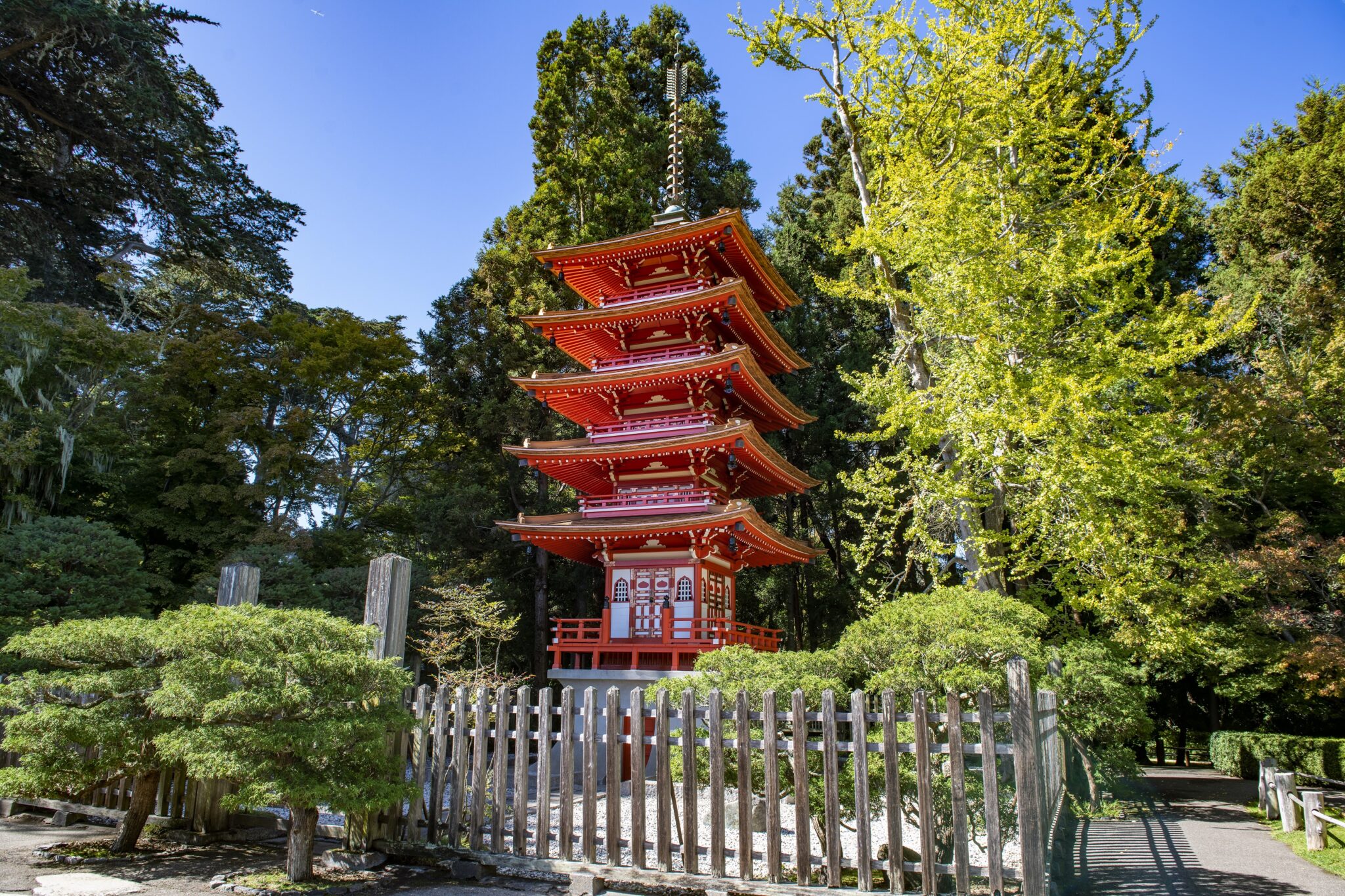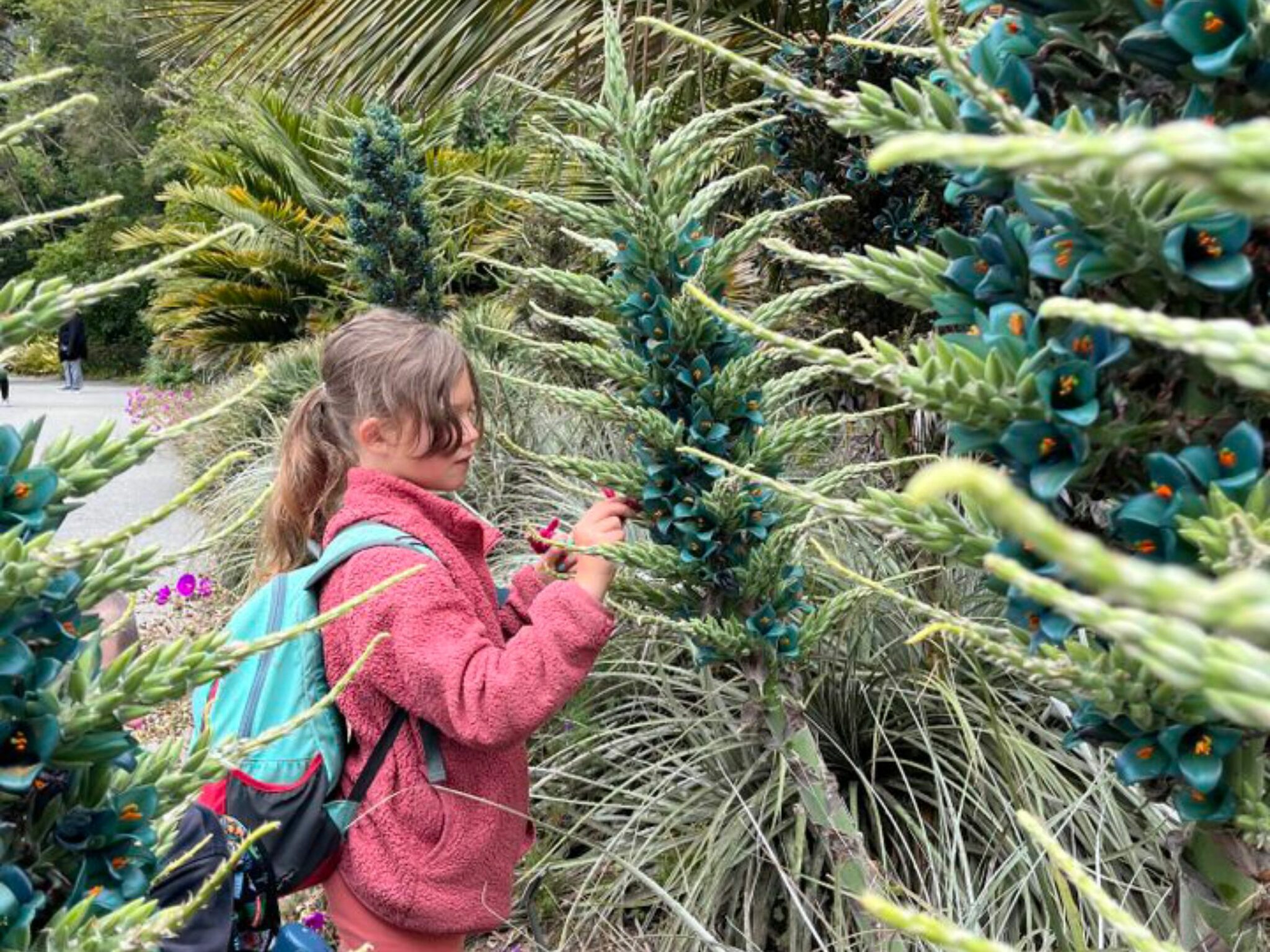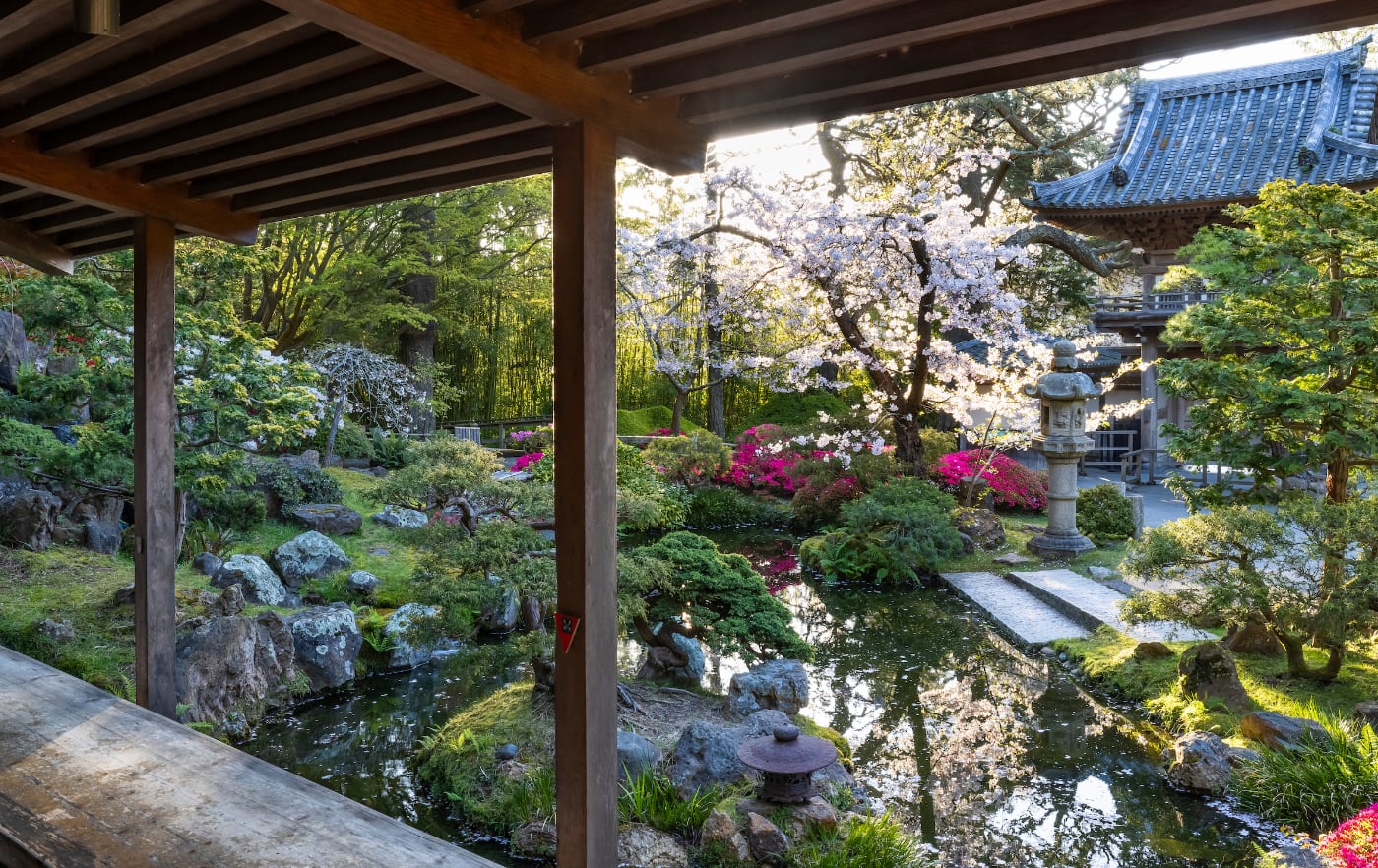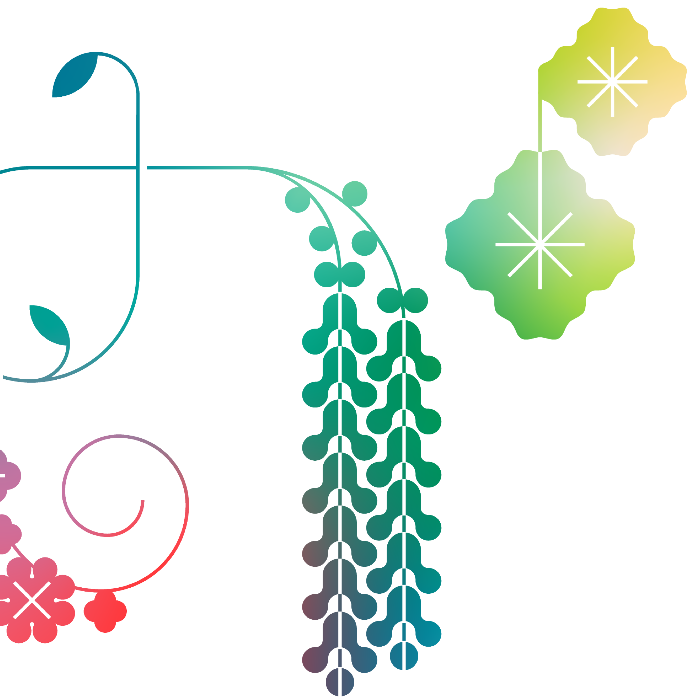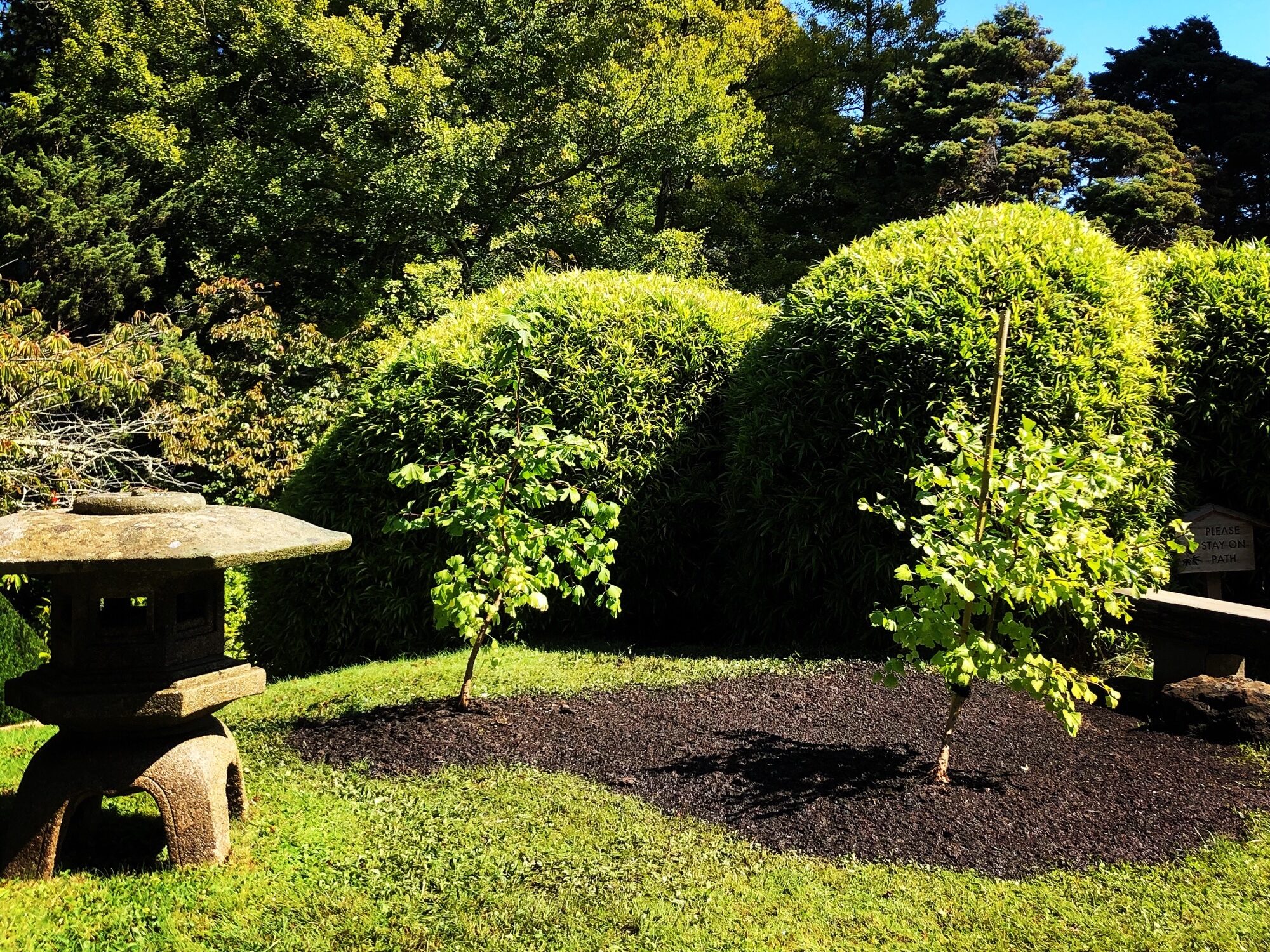
Ginkgo ‘Survivor Trees’ at the Japanese Tea Garden
In 2019, two descendants of ginkgo trees that survived the Hiroshima nuclear blast in 1945 found a home at the Japanese Tea Garden.
Located across from the newly restored Pagoda, the seedlings are less than four feet tall and easy to miss, but their significance and place in history are noteworthy.
They were brought here from Japan by Green Legacy Hiroshima, an organization that safeguards and spreads the seeds and saplings of Hiroshima’s A-Bomb survivor trees worldwide in hopes of spreading its message of peace and the city’s green legacy.
These resilient trees are known as “hibakujumoku“, a survivor tree. A hibakujumoku is forever altered and scarred by exposure to radiation. To this day, they continue to serve as living links to the history of the cities of Nagasaki and Hiroshima in those cities, and in cities around the world.

Two descendants of hibakujumoku are planted in the Japanese Tea Garden.
On September 20, 2019, the day of planting, Japanese Deputy Consul Kazuhiro Iryu, San Francisco Recreation & Parks General Manager Phil Ginsburg, United Religions Initiative founder Right Reverand William Swing, San Francisco Mayor London Breed, and former Secretary of State George Shultz and his wife Charlotte (honorees for their work in nuclear disarmament) helped welcome the two seedlings.
The two young ginkgo trees continue to represent the resilience of life in the darkest times and the hope for a peaceful future free of nuclear weapons.
We invite you to enjoy their beauty and admire their resilience throughout the year across from the Pagoda in the Japanese Tea Garden.
